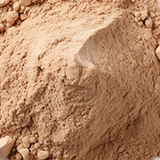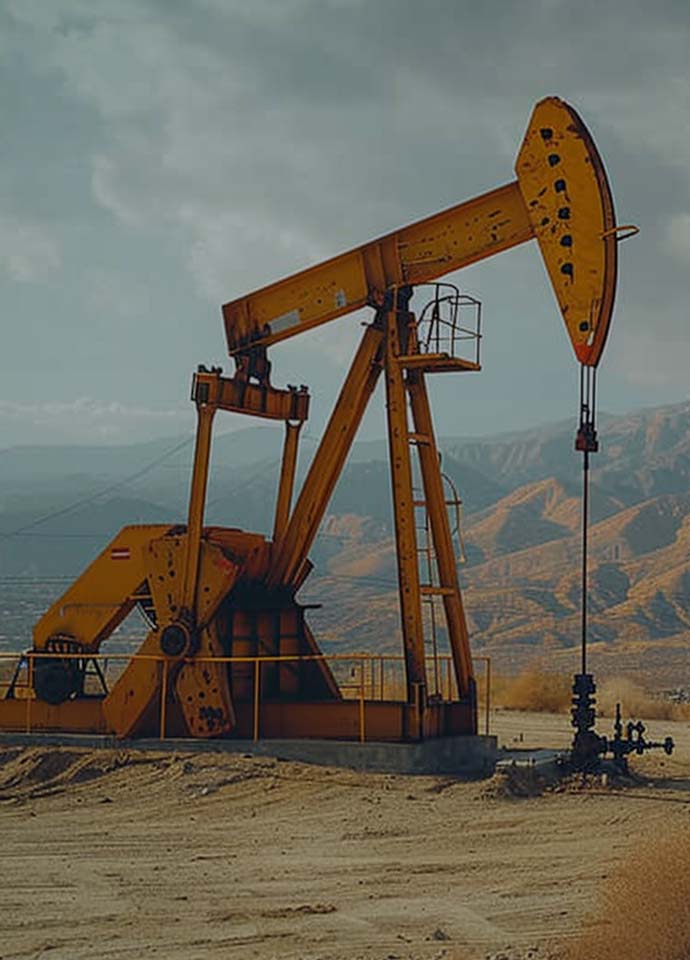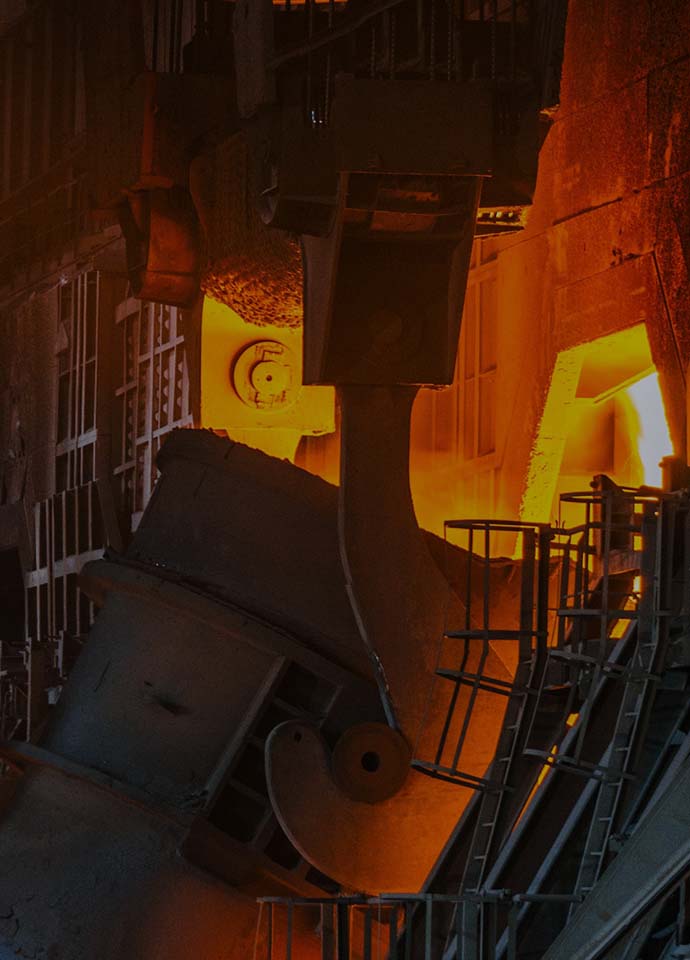

Barite is the most common mineral of barium, and its composition is BaSO4. Moh’s hardness 3-3.5, specific gravity 4.0-4.6. Barite is produced in low-temperature hydrothermal veins, such as quartz-barite veins, fluorite-barite veins, etc. It is often symbiotic with galena, sphalerite, chalcopyrite, cinnabar, etc. Bentonite is a non-metallic mineral with montmorillonite as the main mineral component, its content is 85-90%, hardness is 1-2, density is 2-3g/m³, due to the variation of iron content, the color is white, light yellow, light gray, light green, pink, brownish-red, brick-red, grey-black and so on. According to the adsorption of bentonite, swelling and pulpability and other different characteristics, bentonite can be divided into sodium, hydrogen, calcium and organic bentonite. These two materials are commonly used as binders, suspending agents, filling materials, catalysts, etc., and are widely used in the fields of petroleum extraction, directional traversing, iron and steel casting, metallurgical pellets, chemical coatings, etc.
Suitable raw materials are fed into the main grinding room of the feeder for grinding. The fine powder after grinding rises under the action of the air flow of the fan and is sent to the analyzer for grading. The fine powder with qualified fineness enters the collecting stage through the outlet pipe.
The dust gas enters the cyclone collector of the main engine. Under the action of centrifugal force, most of the fine powder of the finished product is separated, collected and transported to the conveying stage. At the same time, the exhaust gas passes through the pulse dust collector and becomes the clean gas to be discharged.
The finished ore powder is transferred from screw conveyor to bucket elevator, and then into slender deep warehouse finished material tank. The dust gas in the tank is collected by the top dust collector, and the finished product is stored in the finished tank, and the clean gas is discharged.
The ore powder obtained after powder can be directly sent to the customer for on-site use without additional downstream processing procedures.
Drilling mud weighting agent: When drilling some oil wells and gas wells, the specific gravity of drilling mud and clay used, The specific gravity should >4.2 Size> 325mesh. BaSO4 content >95%, Soluble salts <1%。
Bentonite Powder for Drilling Mud Industry Standard(GB/20973-2007)
| Item | Drilling bentonite | Untreated bentonite | OCMA bentonite |
| Viscometer 600r/min ≥ | 30 | / | 30 |
| Yield value /viscosity ≤ | 3 | 1.5 | 6 |
| Fluid loss ≤ | 15 | / | 16 |
| Particle Size | 200 mesh(75μm)D95 | ||
| Moisture content % ≤ | 13 | ||

It can Improve the hardness, wear resistance and aging resistance of rubber and plastics. Requirement, BaSO4 content>98% CaO<0.36% Not allow include MgO, Pb.

Bentonite for casting is the largest user of bentonite, and it is mainly used in clay bonded sand for casting, because it has the characteristics of strong adhesion, high plasticity, good film removal, excellent air permeability, stable physical and chemical properties under high temperature and wet state etc.

If you would like to receive personalized solutions and a free quote, kindly provide your information below.